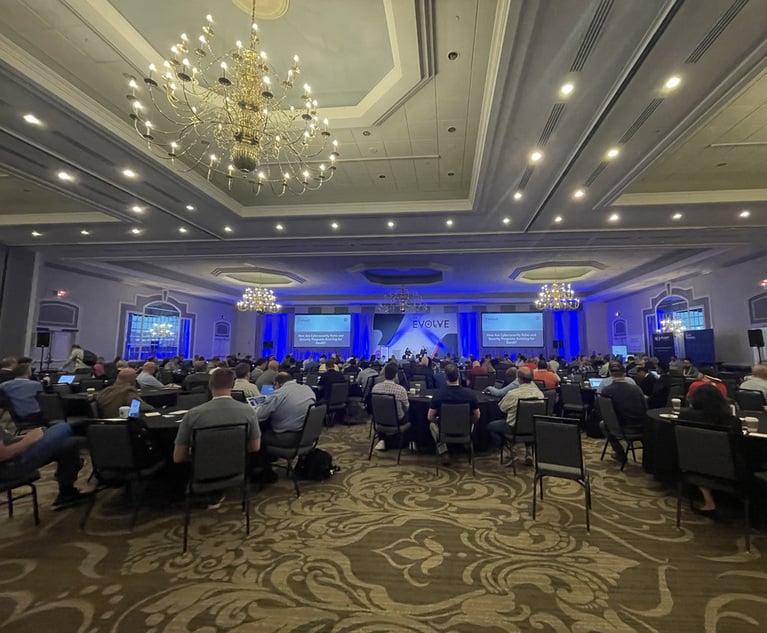Just a few short years ago, I purchased a new car from a dealerabout an hour away from my house. I wanted to take home the carthat day, but my insurance company (one of the large nationalinsurers) wouldn't issue my policy unless I physically brought acheck to one of their local office–another hour away. Needless tosay, I didn't get my car that day and I was furious. I switchedover to one of the large direct insurers as soon as I got home andtransferred both my auto and homeowner's policies. A digitalself-service capability was important to me: #frustrated!
|My new insurer sells primarily auto insurance and partners withanother large agency insurer for homeowners' insurance. While I nowhave a great online and mobile service experience with my autopolicy, all servicing of my homeowners' policy took place through acall center until just a couple of months ago. But because thereare two insurance companies here, it's two completely differentonline experiences, one fairly mature and the other nascent.
|For some time now, consumer expectations have been reshapinginteractions in almost every industry. The shift from face-to-faceto digital for basic transactions, in many ways driven by theinfluence of the technology giants Apple, Google and Amazon, hasbeen exponential. The quality and speed of the digital services andproducts provided by those companies have heightened consumer expectations: Weexpect all of our digital interactions and transactions to be asseamless.
|Direct insurance writers have a distinct advantage in the space,many having grown up with an Internet backbone. In fact, premiumgrowth rates for direct insurers are exceeding agency providers forcommodity insurance products. The message is clear: Consumers wantno-hassle, self-service capabilities, but also a call centerrepresentative standing by when needed. Insurers' approach todigital must evolve as well. It's no longer enough to merelyprovide information; digital capabilities must include the abilityto initiate and complete transactions easily. It's also not justabout the operational back-end of the site; front-end userexperience is also critical.
|One of my favorite examples is the redesign of the Healthcare.gov website. Afterthe rocky launch of the site in 2013, the administration brought ina team of developers and designers from the technology industry aspart of a "tech surge" to fix the site. While streamlining the backend of the site was important to stability and scalability, massiveimprovements were needed in the user interface. Starting with agoal of "bringing humanity" to the site, the user experiencedesigners modernized the interface, used responsive design so thesite functioned well on mobile and tablet, and created plainEnglish instructions. They reduced the number of screens needed toapply for insurance from 76 to 16. The results were powerful: 10%more people are completing registrations in one sitting, and mobileaccount registrations are up 30%.
|Another compelling example is Progressive Insurance's onlinerate-quote-issue process, which is only five screens from start tofinish. As I start the quote application, I am immediatelycross-sold: The site asks me if I want to bundle differentinsurance products in my quote. Then I'm asked to provide my name,address and birthdate. In real-time, the system reaches out to anumber of industry databases and pre-loads my motor vehicle data.My current coverage limits from my existing insurance provider arealso pre-loaded, and Progressive presents me with a scenariobuilder as part of its "name your price" option. Let's say mybudget is $150 per month; I can set it to that option and see whatcoverage is available for that price. At any time during thisprocess, I can click-to-chat or click-to-call if I need help, andmy in-process quote is saved. You can do all of this from yourmobile device as well.
|Both of these examples show us the importance of good digitalservices for insurance–processes that make it easy to do businessand provide great customer experience are no longer luxuries.Perhaps surprisingly, governments are leading the pack indigitizing services. The U.K.'s "digital by default" initiative hasa mandate to provide digital government services that are "sostraightforward and convenient that all those who can use them willchoose to do so, while those who can't aren't excluded."
|As part of the criteria for selecting which existing processesshould go digital first, the government first researches real userneeds based on data. Where there's good alignment between userneeds and the service, a team is assembled to scope out andprototype the digital service using user-centered designtechniques. Once the prototype is released, the team gathers userfeedback and makes adjustments before fully launching thecapability. The post-implementation target is an increased digitaluse rate of 80%, with an expected overall annual cost savings of $2billion.
|Insurers can take a page from the gov.uk playbook: By digitizing transactionalcapabilities, they have an opportunity to both enrich the customerand agent experience and maximize long-term, profitablerelationships. Technology can be used to not only better servecustomer needs, but also significantly reduce long-term policyservicing costs. Yet for many insurers, digitizing with currentoperating models remains a challenge. The pervasiveness of legacyinfrastructure impedes an ability to quickly react; channelconflicts create inertia (although agencies are struggling with thesame digital relevancy issues); and changing internal culturesbased on decades of experience is difficult.
|However, if governments can change and adapt in a digital world,so can the insurance industry. If you're just starting your digitaljourney, find out who your customers are and what's important tothem. Create experiments and prototypes that allow you to test andvalidate design approaches. Get continuous customer feedback,measure successes and scale out.
||
Rachel Alt-Simmons is a Principal Management Consultant forBest Practices at SAS, based in Cary, NC. Simmons drove businessintelligence initiatives at Travelers and Hartford Life, and wasResearch Director for Life and Annuity at research firmTowerGroup.
Want to continue reading?
Become a Free PropertyCasualty360 Digital Reader
Your access to unlimited PropertyCasualty360 content isn’t changing.
Once you are an ALM digital member, you’ll receive:
- All PropertyCasualty360.com news coverage, best practices, and in-depth analysis.
- Educational webcasts, resources from industry leaders, and informative newsletters.
- Other award-winning websites including BenefitsPRO.com and ThinkAdvisor.com.
Already have an account? Sign In
© 2024 ALM Global, LLC, All Rights Reserved. Request academic re-use from www.copyright.com. All other uses, submit a request to [email protected]. For more information visit Asset & Logo Licensing.








